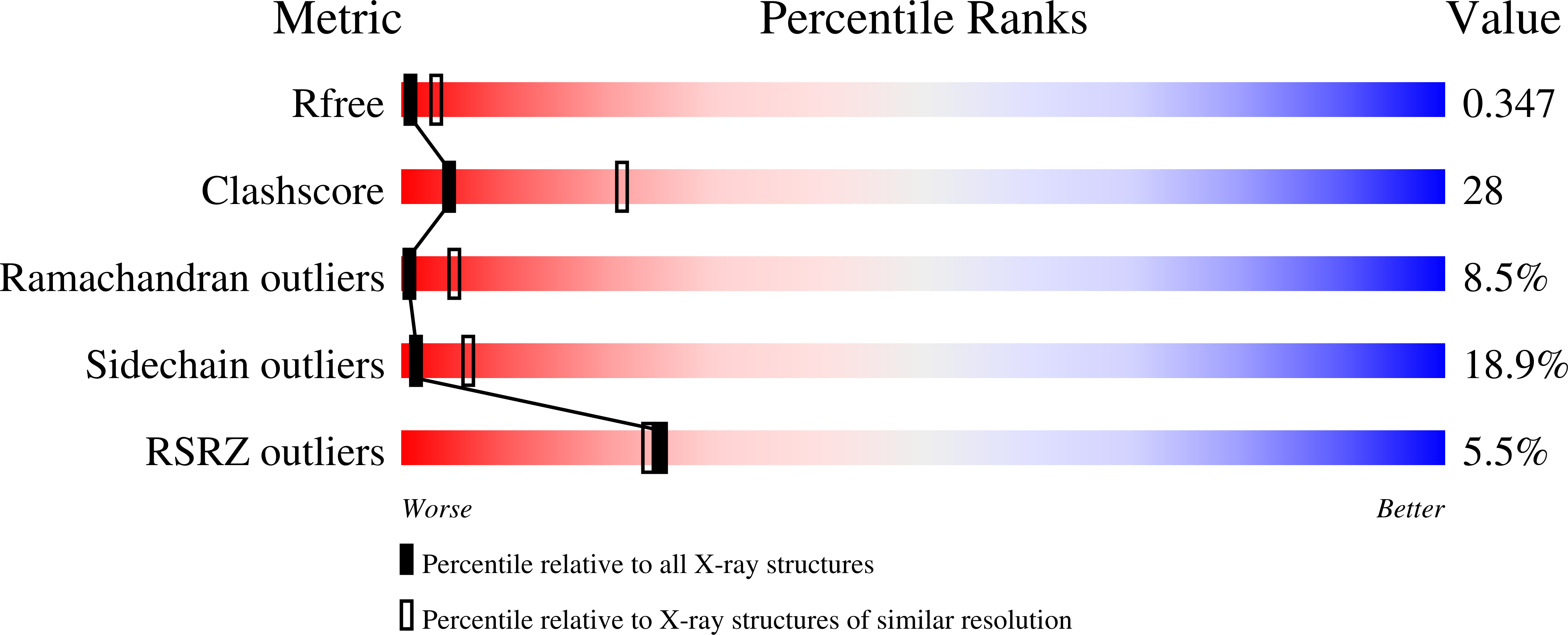
Deposition Date
2008-10-28
Release Date
2009-04-14
Last Version Date
2024-10-23
Entry Detail
Biological Source:
Source Organism:
Escherichia coli (Taxon ID: 83333)
mus musculus (Taxon ID: 10090)
mus musculus (Taxon ID: 10090)
Host Organism:
Method Details:
Experimental Method:
Resolution:
3.30 Å
R-Value Free:
0.35
R-Value Work:
0.27
R-Value Observed:
0.27
Space Group:
C 1 2 1


